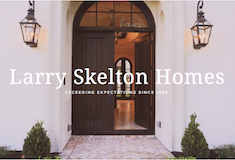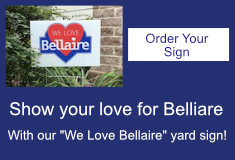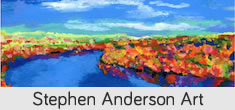In his latest blog post below, Mayor Friedberg explains new lighting standards for the City and the difficulty of addressing existing lighting issues.
“As challenging as it was coming up with our noise ordinance a few months back, the companion subject of lighting proved even more difficult. It’s a bit of a different animal in that offensive noise is generally an occurrence, whereas light trespass is continuous until corrected. One is more behavioral in nature, the other physical. Also, while it is still Council’s intention to see how things go and later make adjustments as needed, that approach doesn’t work as well with lighting as it does with noise. For now, we’ve adopted new lighting standards on a prospective basis only, as we have yet to figure out how to address existing light sources without imposing undue burden on their owners.
The new standards limit spillover from outdoor lighting across property lines, whether residential, commercial or institutional, to 0.2 footcandles, a measure commonly used in other cities’ ordinances. This is achieved by ensuring fixtures are installed and shielded in a manner to direct light only onto the same property in the area to be illuminated. There are specific provisions for parking lot and parking garage lighting given the heights involved. For non-residential construction a photometric plan will now be required at the time of permitting, and may be subject to inspection upon completion.
There are several exceptions, of course, including for streetlights, emergency and utility work, residential security and landscape lighting not directed outward, and seasonal holiday lights. As with any nuisance regulation there’s a delicate balance between individual rights and the collective welfare. The goal here is to promote quality of life in the city by reducing undesirable light and glare, while still allowing for those legitimate uses.
By a divided vote Council also made a blanket exception grandfathering all existing lighting, unless and until it’s modified or improved. However, as discussed above that’s not intended to be permanent. There are definitely instances of excessive light trespass and glare from existing lighting that we do want to mitigate—indeed, that’s what gave rise to this legislation in the first place—but frankly we’ve been stymied by the question how best to solve those known issues without inadvertently sweeping up too much and throwing everyone into noncompliance.
So we asked staff to continue working on the retroactive application, and in the meantime went ahead and adopted the ordinance prospectively at least, rather than delaying it further. This will prevent that much more new development from being built to a less protective standard and contrary to what we’re trying to accomplish. Regardless how long it may take until Council returns to deal with currently existing lighting, having these regulations in place moving forward is a big step in the right direction.
As with noise, enforcement of these lighting regulations will be complaint based. Rest assured police and code enforcement officers won’t be driving around looking for violations (though they’re empowered to investigate when it’s totally obvious). To guard against potential abuse, a complainant must be a “person who owns or occupies property impacted by light trespass.” That said, and as is also the case with noise, enforcement proceedings should be the last resort after efforts to resolve disputes as good neighbors have failed.”









